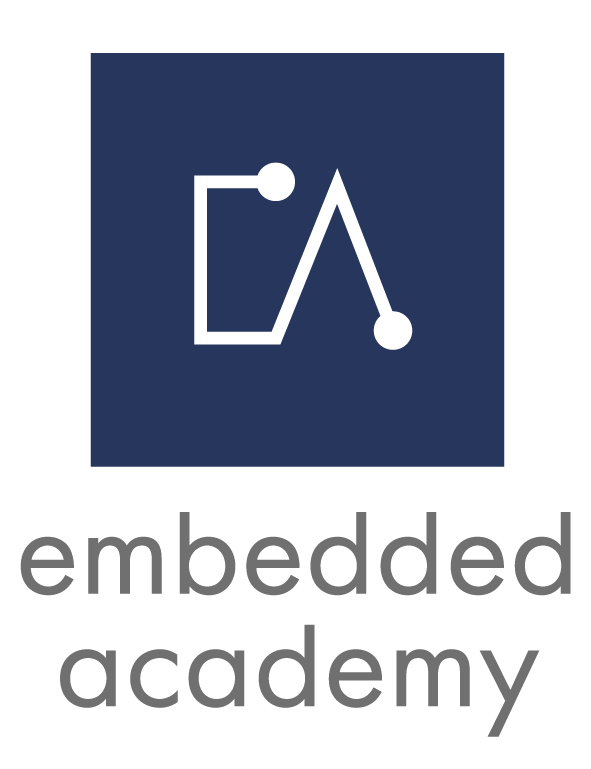E-Learning Course Electrified Powertrain
Content
E-Learning Power Electronics (90 min)
- Basics of Power Electronics
- Components of Power Electronics
- Principle of Half Bridge
- Thermal Design and Assembly
E-Learning Electrical Machines – Basics (50 min)
- Basics of Electrical Machines
- Permanent Magnet Synchronous Machine
- Synchronous Machine
E-Learning Control of Electrical Machines – An Introduction (90 min)
- Basics of Control Systems
- Field Orientation as the Principal Tool of Control
- Control Design
- Strategy of Control
E-Learning Battery and BMS (55 min)
- Battery System
- Battery Cell
- Battery Management System (BMS)
Target
The objective of this course is to provide knowledge on various topics that are relevant to the field of electrified powertrain of electric vehicles.
This course is intended for anyone who want to further educate themselves on the topic of the electrified powertrain. In particular for engineers who want to gain knowledge about the electrical motor as well as programmers who develop motor controls and want to learn more about the physical and electrotechnical basics.
Trailer
Insights
Course Content
What Is an Electrified Powertrain?
In modern vehicles the electric powertrain is now replacing the combustion engine. The electrified powertrain is composed of many different system components for providing electric energy and torque, such as the battery, power electronics and an electric motor.
When talking about electric vehicles, also called EVs, we can differentiate between different types of electrified powertrains. There are the ones which purely run on electric energy and where a battery supplies the electric motor, but there are also the hybrid models which combine a combustion engine and an electric motor.
Why Is an Electrified Powertrain Needed?
In general, electrical energy has an enormous economic and environmental impact as it enables us to reduce carbon emissions and improve air quality. With regard to electrical machines, one can benefit from the aforementioned aspects of electrical energy, but also an improved efficiency and control.
How Is an Electrified Powertrain Related to Embedded Systems?
All electronic control units, short ECUs, in a vehicle are embedded systems composed of embedded hardware and the embedded software dedicated to the device. Within an electrified powertrain ECUs are used to handle the battery management, take care of the charging and the electrical machine control. The battery management system (BMS) is taking care of all battery related functions. The charging communication between vehicle and charging station (EVSE) is also handled by an embedded system. This also applies to power electronics devices which are used for communication, control and management functions.
What Do You Learn About Electrified Powertrains in the Embedded Academy E-Learning?
The e-learning on power electronics will introduce the main elements of an electric circuit, their pros and cons and other semiconductor devices. We will focus on the half-bridge as a central element in power electronics before giving an outlook on thermal design and assembly.
Next, an e-learning on the basics of electrical machines introduces you to the different types of electrical machines relevant for the electrified powertrain and approaches their application in practice.
In addition to the e-learning on electrical machines, there is an introductory e-learning on the control of electrical machines available, which shortly explains some basics of control systems (system theory, time domain / frequency domain, transfer functions) as well as some basic principles of AC and DC machines. It closes by discussing some elements of control design and strategy.
In the e-learning “Battery and BMS”, we center on the battery with a focus on electric vehicle application. This includes an introduction into the anatomy of the battery (chemistry, classification, pack structure) as well as a discussion of battery management systems, short BMS.
